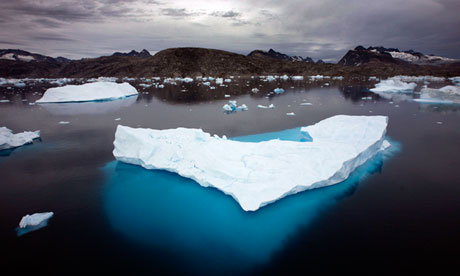The recent headline that 100 million people will die by 2030 if climate change is not addressed doubtlessly had people around the world imagining doomsday catastrophes.
Don't panic just yet, as this figure is perhaps a textbook example of how to lie with statistics. DARA, the Spain-based humanitarian NGO that released the report on the economic and health consequences of climate change, counted not just climate change but also all other impacts of carbon fuel usage in its calculation of the expected deaths.
Around 90 million of these projected 100 million deaths will actually be caused by non-global warming related illnesses. While attempting to raise awareness and inspire action to prevent further climate change is laudable, this exaggeration spreads misinformation about the real determinants of environmental health. Additionally, this further confuses the public who are already confused and mislead by global warming reporting.
The major causes of death in DARA's projection of 100 million are indoor smoke and air pollution, which together caused over 90 percent of carbon-fuel related deaths in 2010, according to DARA's own figures. These illnesses are projected to remain the most important carbon-fuel related causes of death even as global warming progresses and intensifies (they are still 88 percent of DARA's projected deaths in 2030).
How does indoor smoke cause death millions of deaths? The World Health Organization estimates that around 3 billion people worldwide burn wood, coal, and biomass in poorly ventilated stoves and dwellings, leading to a chronic state of indoor air pollution. This is a leading cause of childhood pneumonia and COPD and lung cancer among adults, causing the deaths of 2 million per year as estimated by the World Health Organization.
Outdoor air pollution, estimated by DARA to have caused 1.4 million deaths in 2010, is also distinct from climate change. Currently, deaths from air pollution is a major problem in rapidly industrializing, middle-income countries like China. The DARA report recognizes that "technology, such as particle filters for vehicles, high quality reined fuels, and regulations on clean air are the main tools for limiting toxic emissions. Air pollution and its negative effects for health can and have been brought under control through these means in major economies of the world" (pg 257). More






















